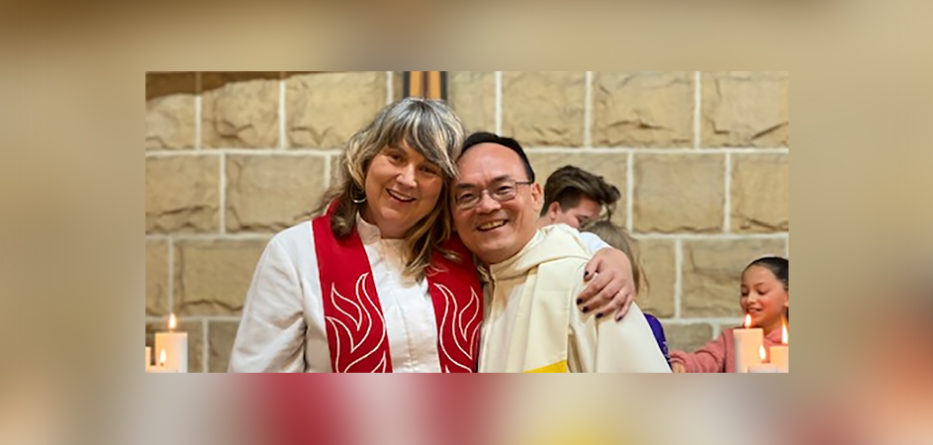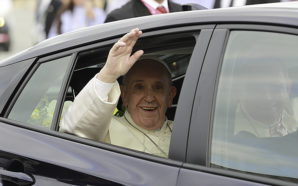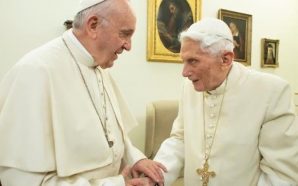21 – 28 May is the Week of Prayer for Christian Unity
In Catholic churches in Australia, the Week of Prayer for Christian Unity comes and goes with little notice now. That is nit surprising because it coincides with Laudato Si’ Week and World Communications Day – both Catholic events dear to Pope Francis. The neglect was not always so. The movement for the unity of Christians began in the 19th Century in the Protestant foreign missions that spread through European colonies in Africa and Asia. The missionaries found that the number of competing churches both hampered the spread of the Gospel and alienated non-Christians. They could not see how a religion that preached unity and love could be credible when it was divided into so many competing groups.
The movement for Church unity grew among Protestant churches, with support for a Council of Churches and a Week of prayer to promote the cause. The Catholic Church urged prayer for Christian Unity but insisted that the true Church was already united under the Pope. Prayer for unity as a result had to ask that non-Christians and their Churches would return to the one, true Church. For Catholics to share in prayer would not be right. From this perspective, to join a Council of Churches might give the impression that all churches were equal.
This barrier to sharing prayer for Christian unity was removed in the 1930s when a French priest, Paul Couturier, proposed a prayer that allowed Christians to pray together for the unity that Christ wanted for His Church. This allowed different understandings of what unity involved. The prayer spread and helped diminish the hostility with which Christians often looked at those in other denominations. Catholics began to refer to members of other churches as ‘separated brethren’ rather than as heretics or enemies.
In the Catholic Church, the Second Vatican Council encouraged the movement for Christian unity, focusing on what Christians, Churches and religions had in common instead of the things that continued to divide them. While insisting that the fullness of the Church was found in the Catholic Church, it recognised the action of Christ in other church bodies that shared partially in the church. It encouraged shared prayer between Christians, concerted action between local Churches in caring for people and stressed the importance of overcoming the scandal of divisions. As a result, ministers and people in local churches began to meet one another and discovered how much they had in common. What the churches had in common became more evident to Catholic parishioners when the Mass was celebrated in the vernacular. The Catholic Church also joined the World Council of Churches and established formal relationships with many other Churches.
In recent years, however, the desire for Christian Unity seems to have waned. This partly reflects the cordial relationships between churches. The enthusiasm that accompanied the change of emphasis and the new possibilities of growth arising from the Second Vatican Council, however, has given way to the weariness that goes with ageing and numerical decline. All Churches now focus on their own problems. This discouragement suggests how important is prayer for Christian Unity. Pope Francis’ call to leave the comfort of the sacristy and to go out into the world encourages us also attend to people at the margins but also to do so in solidarity with the Christians from other Churches.
Fr Andrew Hamilton SJ writes for Jesuit Communications and Jesuit Social Services.








